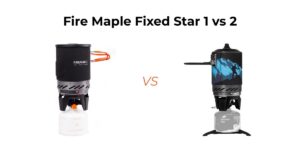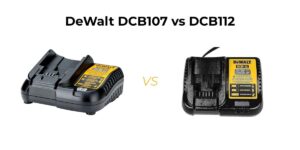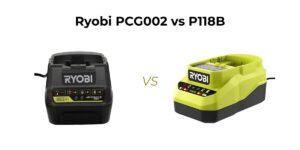Introduction
If you’ve ever looked at jaw-dropping aerial photos—those sweeping landscapes, epic cityscapes, or cinematic wedding shots—and thought, “How do they do that?” you’re in the right place. Aerial photography with drones has changed the game, letting anyone with a drone and a bit of know-how capture images that used to require a helicopter or a hot air balloon.
Whether you’re a hobbyist snapping pics for fun, a photographer looking to level up, or someone curious about hiring a pro, this guide is your one-stop shop for mastering drone photography. Let’s dive in and get you flying high with stunning shots!
Why Aerial Photography With Drones Is So Awesome?
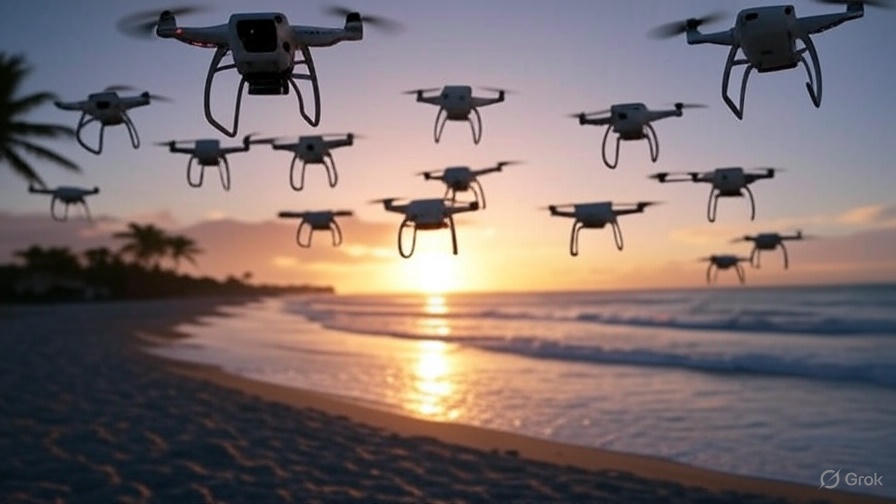
Drones have made aerial photography accessible to everyone, not just big-budget pros. With a drone, you can capture angles and perspectives that ground-based cameras can’t touch. Think sprawling mountain ranges, vibrant coastlines, or even a bird’s-eye view of your backyard. Drones let you tell stories through photos in a way that feels fresh and exciting.
Plus, drones are versatile. They’re used for everything from real estate photography (showing off properties from above) to weddings, travel blogs, and even filmmaking. And the best part? You don’t need to be a tech genius to get started. With a little practice and the right tips, you can create professional-quality aerial shots that make people go, “Wow!”
Getting Started: What You Need for Drone Photography?
Before you take to the skies, let’s cover the basics. You don’t need a ton of fancy gear, but having the right setup makes a huge difference.
Choosing the Right Drone
Not all drones are created equal, especially for photography. You want one with a good camera, decent flight time, and features like GPS for stable hovering. Here are a few beginner-friendly options that won’t break the bank:
- Chubory X10 Pro: Lightweight, under 250 grams (no registration needed in many places), with a 4K camera. Perfect for beginners.
- DJI Air 3: A step up with dual cameras (wide and telephoto) for crisp, versatile shots.
- Autel EVO Nano+: Great alternative to DJI with solid image quality and obstacle avoidance.
For pros, the DJI Mavic 3 or Inspire 3 offers top-tier image quality, but they’re pricier. Pick a drone that fits your budget and skill level. If you’re just starting, go for something simple to learn the ropes.
Must-Have Accessories
- Extra Batteries: Most drones fly for 20–30 minutes per battery. Grab a couple of extras for longer shoots.
- ND Filters: These reduce light entering the camera, helping you get smooth, cinematic shots, especially in bright sunlight.
- MicroSD Card: Get a high-capacity, fast card (like 128GB, UHS-I U3) to store your photos and videos.
- Carrying Case: Protects your drone during travel.
- Propeller Guards: Handy for beginners to avoid crashes.
Know the Rules
Before you fly, check local drone laws. In the U.S., the FAA requires registration for drones over 250 grams and a Part 107 license for commercial use. Many countries have similar rules about where and how high you can fly (usually up to 400 feet). Apps like AirMap or FAA’s B4UFLY help you find legal flying spots. Safety first—nobody wants a fine or a confiscated drone!
Mastering Drone Photography: Tips for Stunning Shots
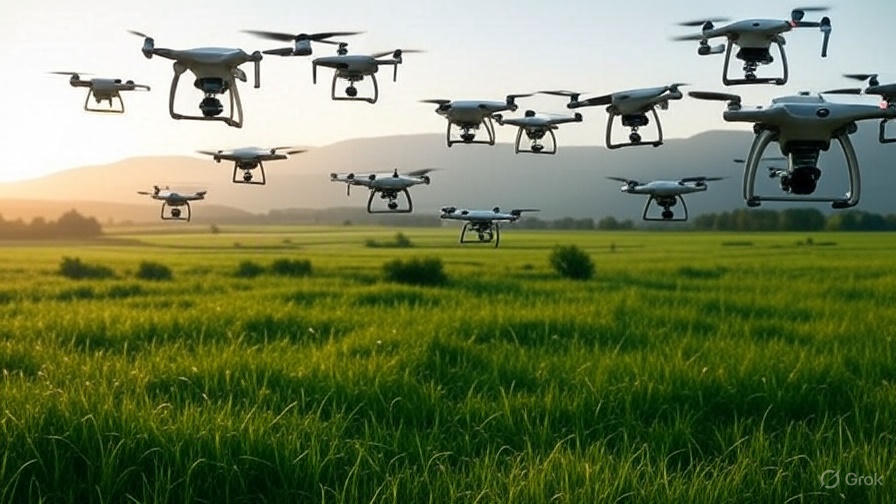
Now that you’ve got your drone, let’s talk about how to capture photos that stand out. These tips will help you nail composition, lighting, and settings for breathtaking aerial images.
Plan Your Shoot
Great aerial photos don’t happen by accident. Before you fly, scout your location using Google Maps or Google Earth to spot cool features like rivers, roads, or buildings that could make your shots pop. Check the weather—clear skies or golden hour (sunrise/sunset) are ideal for soft, warm lighting. Avoid windy days unless your drone can handle it.
Ask yourself: What’s the story I want to tell? Maybe it’s the vastness of a forest or the hustle of a city from above. Planning helps you focus on capturing images with purpose.
Nail Your Camera Settings
Your drone’s camera settings can make or break your photos. Here’s a quick guide to get you started:
- Shoot in RAW: RAW files capture more detail than JPEG, giving you flexibility when editing in software like Lightroom or Photoshop.
- ISO: Keep it low (100–200) for clean, noise-free images in daylight. Bump it up slightly for low-light shots.
- Shutter Speed: For photos, use a fast shutter speed (1/500 or higher) to freeze motion. For video, follow the 180-degree rule (shutter speed = 1/(2 x frame rate)).
- Aperture: Most drone cameras have fixed apertures, so you don’t need to worry about this.
- White Balance: Set it to auto or match the lighting (e.g., “Sunny” for daylight). You can tweak it later in RAW.
Pro tip: Use your drone’s histogram to check exposure. If the graph is bunched up on the left (underexposed) or right (overexposed), adjust your settings.
Composition Tricks for Aerial Shots
Aerial photography gives you a unique perspective, but composition still matters. Here are some easy ways to make your photos pop:
- Rule of Thirds: Imagine a 3×3 grid on your drone’s camera screen. Place key elements (like a building or horizon) along the lines or at their intersections for a balanced shot.
- Leading Lines: Use roads, rivers, or fences to guide the viewer’s eye through the image.
- Patterns and Symmetry: Look for natural or man-made patterns, like crop fields or city grids, that look striking from above.
- Negative Space: Don’t cram every shot with stuff. A lone tree in a field or a boat on a lake can create a powerful, minimalist vibe.
Experiment with angles—shoot straight down (top-down view) for a flat, abstract look, or at a 45-degree angle for depth. Mix it up to keep your portfolio fresh.
Use Flight Modes for Creative Control
Most drones come with flight modes that make photography easier:
- Tripod Mode: Slows the drone for smooth, precise movements.
- Orbit Mode: Circles a subject for dynamic shots, great for buildings or landmarks.
- Follow-Me Mode: Tracks a moving subject, like a car or person, for action shots.
- Waypoints: Set a flight path so the drone flies automatically while you focus on the camera.
Practice these modes in an open area to get comfortable before tackling a big shoot.
Editing Your Aerial Photos
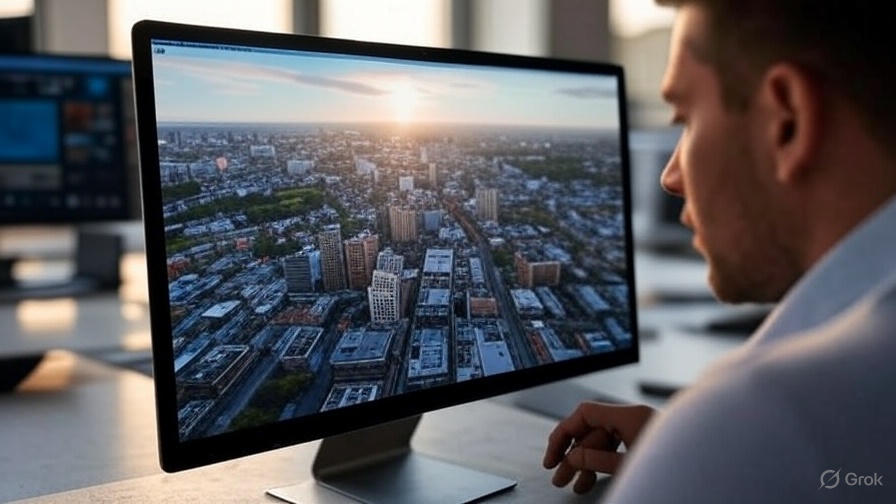
Raw drone photos are like a rough draft—they need some polish to shine. Editing enhances colors, contrast, and mood. Here’s how to do it:
Software to Use
- Adobe Lightroom: Great for adjusting exposure, colors, and sharpness. Use presets for a consistent look.
- Photoshop: Perfect for advanced edits like removing power lines or blending exposures.
- Luminar Neo: Beginner-friendly with AI tools for quick enhancements.
- DJI’s App: Many drones come with basic editing tools in their apps, good for quick tweaks.
Editing Tips
- Adjust Exposure and Contrast: Brighten shadows or tone down highlights to balance the image.
- Boost Colors: Increase vibrance (not saturation) for natural-looking skies and landscapes.
- Sharpen Details: Apply light sharpening to bring out textures like trees or buildings.
- Crop for Composition: Trim edges to improve framing or emphasize your subject.
Don’t overdo it—aim for a natural look that enhances what you captured, not transforms it into something fake.
Advanced Techniques for Pro-Level Aerial Photography
Ready to take your drone photography to the next level? These advanced tips will help you stand out.
Try HDR Photography
High Dynamic Range (HDR) combines multiple exposures to capture details in both bright and dark areas. Many drones, like the DJI Air 3, have an auto HDR mode. If not, take three shots at different exposures (-2, 0, +2) and blend them in Lightroom or Photoshop for a rich, detailed image.
Experiment with Long Exposures
Long exposures create dreamy effects, like silky water or light trails. Use ND filters to slow your shutter speed (e.g., 1–2 seconds) in daylight. A tripod mode or calm weather helps keep the drone steady. This works great for waterfalls, rivers, or city lights at night.
Stitch Panoramas
Drones make panoramas easy. Fly to a high vantage point, take overlapping shots (20–30% overlap), and stitch them together in software like Lightroom or PTGui. This creates massive, high-resolution images perfect for prints or large displays.
Shoot for Video Too
Aerial photography isn’t just about stills. Drones excel at video, and many clients (like real estate agents or event planners) love cinematic footage. Shoot in 4K, use smooth movements, and edit in software like Adobe Premiere or DaVinci Resolve for a polished result.
Common Mistakes to Avoid
Even pros mess up sometimes. Here’s what to watch out for:
- Ignoring Battery Life: Always monitor your drone’s battery. Plan to land with 20% charge left to avoid a crash.
- Flying in Bad Weather: Wind or rain can damage your drone or ruin shots. Check forecasts and stay safe.
- Skipping Calibration: Calibrate your drone’s compass and gimbal before each flight for stable performance.
- Overediting: Heavy filters or unnatural colors can make photos look amateurish. Keep edits subtle.
- Breaking Rules: Flying in restricted areas (like airports) can get you in trouble. Always check local regulations.
Showcasing Your Work
Once you’ve got stunning aerial photos, it’s time to share them. Here’s how to get noticed:
- Build a Portfolio Website: Use platforms like Squarespace or Wix to create a clean, mobile-friendly site. Include a gallery of your best drone shots with keyword-rich titles (e.g., “Aerial Beach Photography in Miami”).
- Optimize for SEO: Use keywords like “drone photography services” or “aerial photographer near me” in your site’s titles, headings, and alt text. This helps Google find you.
- Share on Social Media: Post your best shots on Instagram, Pinterest, or TikTok with hashtags like #DronePhotography or #AerialViews. Short video clips do especially well.
- Enter Contests: Sites like DJI’s SkyPixel or Drone Photo Awards showcase top aerial photographers and can boost your credibility.
Hiring a Drone Photographer vs. DIY
Not ready to fly your own drone? Hiring a pro might be the way to go. Professional drone photographers bring expertise, high-end gear, and often a Part 107 license (required for commercial work in the U.S.). They can handle complex shoots, like real estate or events, and deliver polished results.
If you’re hiring, look for someone with a strong portfolio, clear pricing, and knowledge of local laws. Expect to pay $100–$500 per hour, depending on the project. DIY is cheaper but requires time to learn and practice. If you’re passionate about photography, investing in a drone and mastering it can be super rewarding.
Wrapping It Up: Your Path to Amazing Aerial Photos
Aerial photography with drones is an exciting way to capture the world from new angles. Whether you’re flying over a beach, a city, or a wedding venue, the key is to start simple, practice often, and keep learning. Pick a solid drone, master your camera settings, plan your shoots, and edit thoughtfully. Avoid common mistakes, follow local laws, and share your work to build a following.






